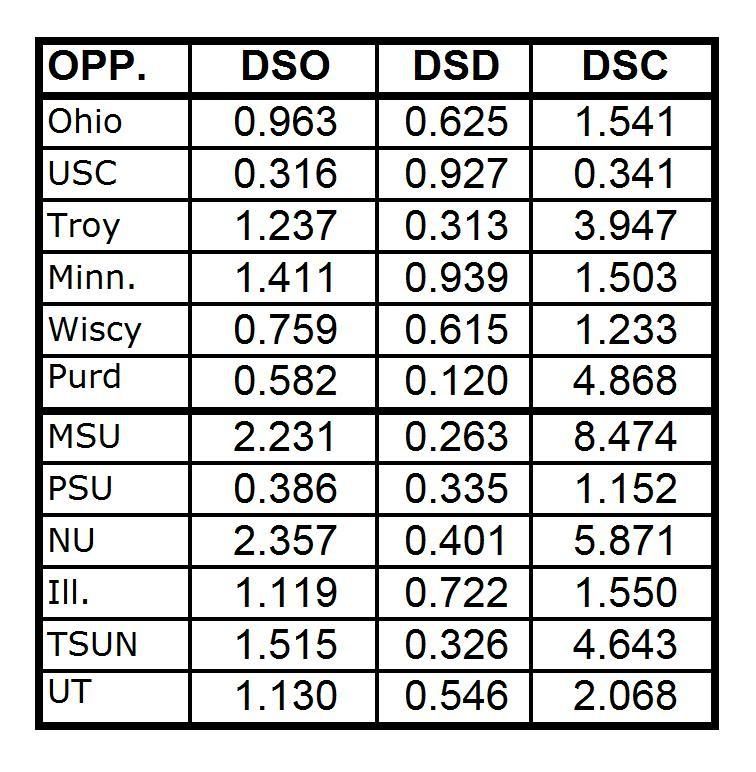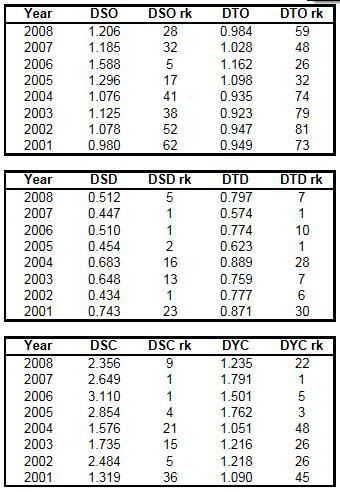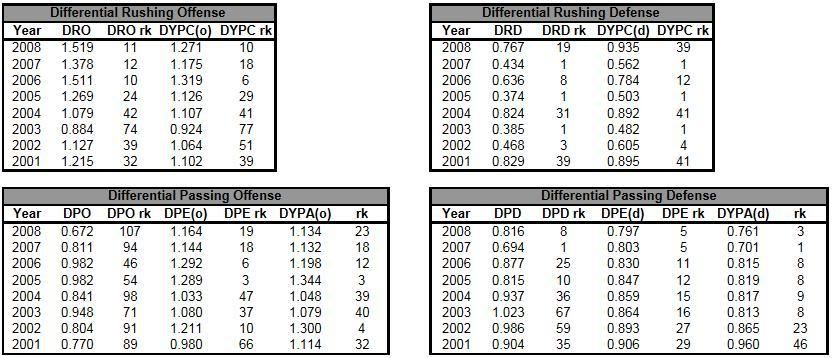jimotis4heisman;1504958; said:any stats on how often the team who scores more points wins the game?
exhaustive research has discoverd a direct correlation
Upvote
0
Follow along with the video below to see how to install our site as a web app on your home screen.

Note: This feature currently requires accessing the site using the built-in Safari browser.
jimotis4heisman;1504958; said:any stats on how often the team who scores more points wins the game?
jimotis4heisman;1504958; said:any stats on how often the team who scores more points wins the game?
Jaxbuck;1504972; said:exhaustive research has discoverd a direct correlation
Indeed, the correlation is exactly 1.000
This trend has lasted slightly longer than the current two-year-trend of sophormore quarterback Heisman Trophy winners.
Trend one is likely to continue this year.
Here's hoping trend #2 lasts for one more year.
 to whoever came up with that theory!
to whoever came up with that theory!
DaddyBigBucks;1504934; said:I've been meaning to post some thoughts on the YPP data.
I call that and numbers like it "efficiency" numbers, and the 2002 Ohio State Buckeyes were off the freakin' charts when it came to Yards Per Point, First Downs Per Point, or any other efficiency metric you could think of.
I'm sure no one remembers, but back in the day when we were all still on Bucknuts, I actually calculated and posted efficiency stats for the Buckeyes during the 2002 season (including YPP). I did this under the same screen-name (minus "Daddy").
YPP is incredibly important, and James Patrick Tressel knows it just as well as the guys in 'Vegas. Tresselball is all about squeezing every last point out of every risk that you take on offense.
Tresselball may not be popular, it may not be pretty; but it's going to put another crystal football or two in the case, and YPP is the reason.








So... from this we can see that Illinois is bad. They are, in 4 weeks' worth of competition, about as efficient as NMSU. Michigan has the most efficient offense on our schedule while PSU and Iowa appear to be our biggest tests so far this season. Also, surprisingly, Wisconsin's offense seems to be pretty potent.OPPP/DPPP = Off. Points per play divided by Def. points per play allowed
Off. YPP = Offensive Yards Per Point (lower is better)
Def. YPP = Defensive Yards Per Point allowed (higher is better)
Victory Gap = Def. YPP minus Off. YPP (higher is better, negative numbers mean you suuuuck)


 is currently in the lead for the overall "Worse than NMSU" award. Get it together, son.
is currently in the lead for the overall "Worse than NMSU" award. Get it together, son.rocketman;1567474; said:By the numbers, PSU remains to be our biggest threat

